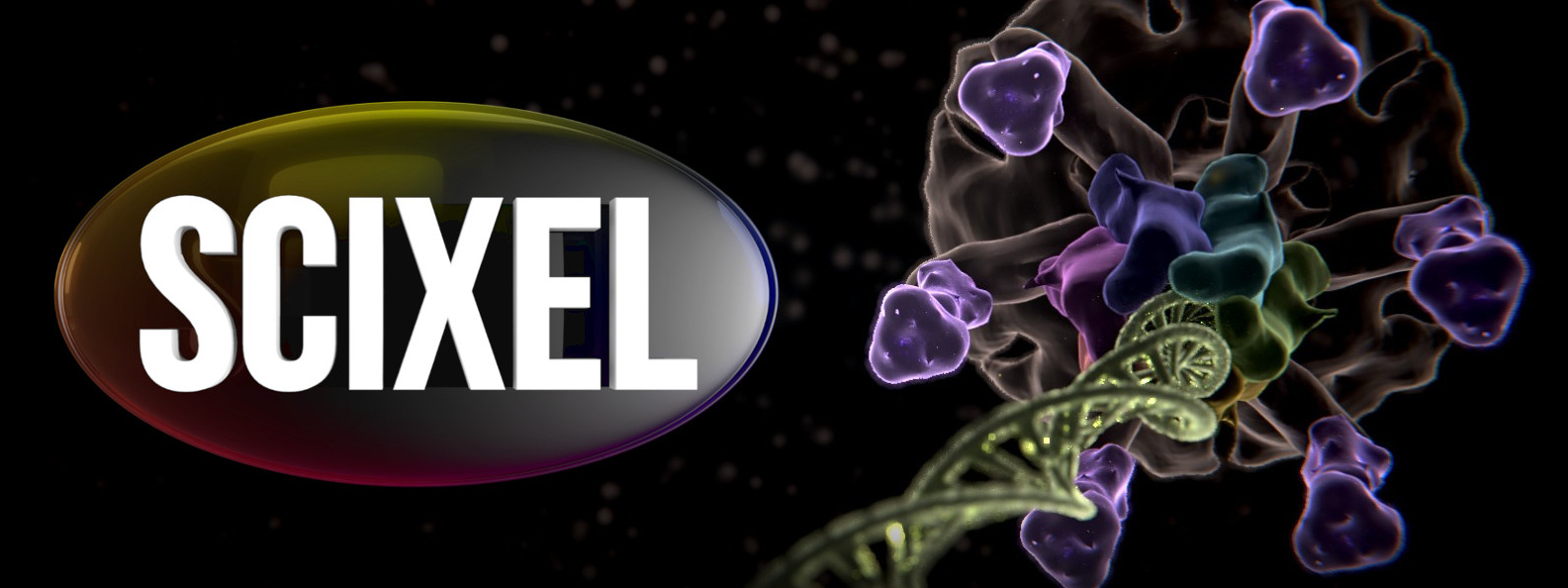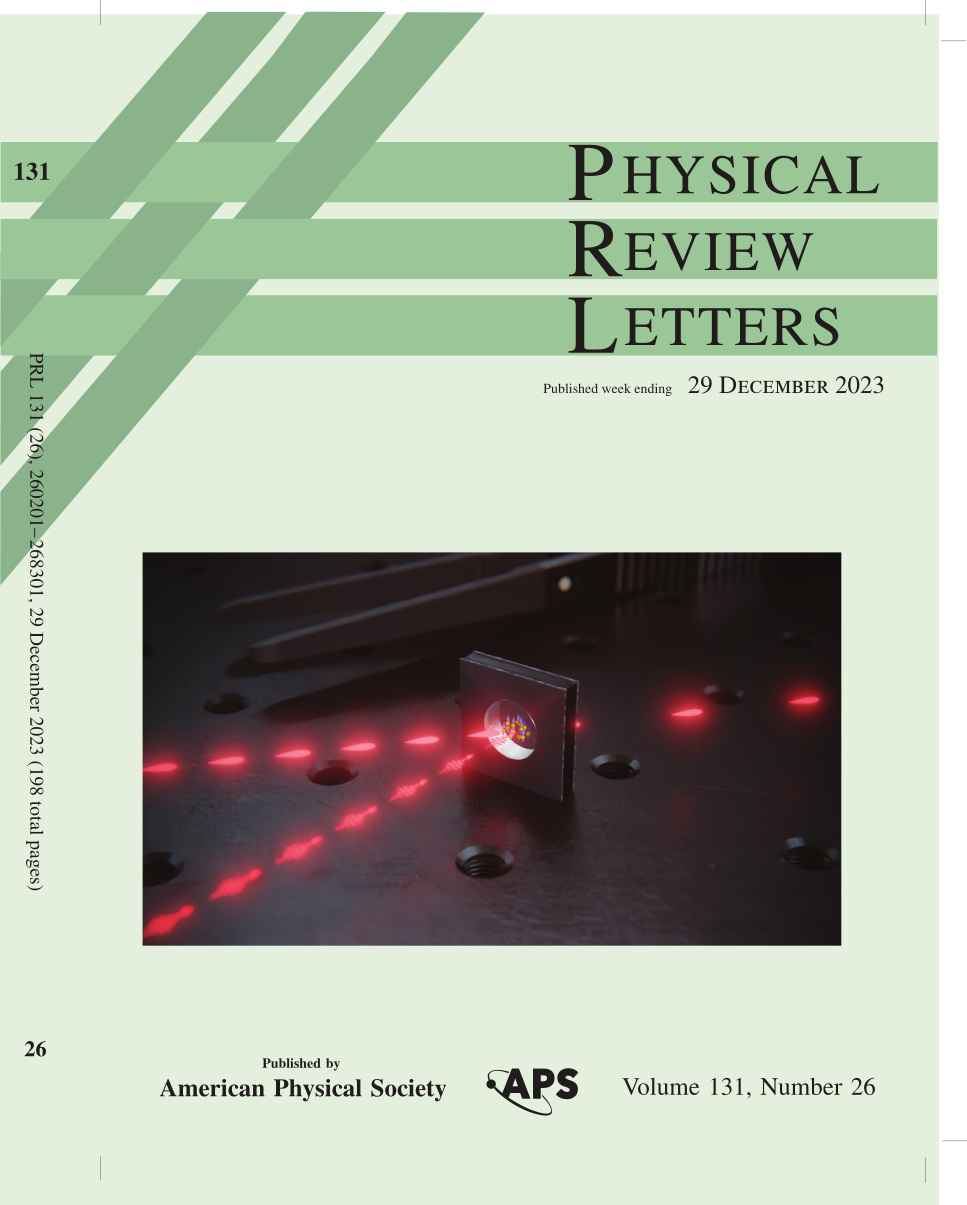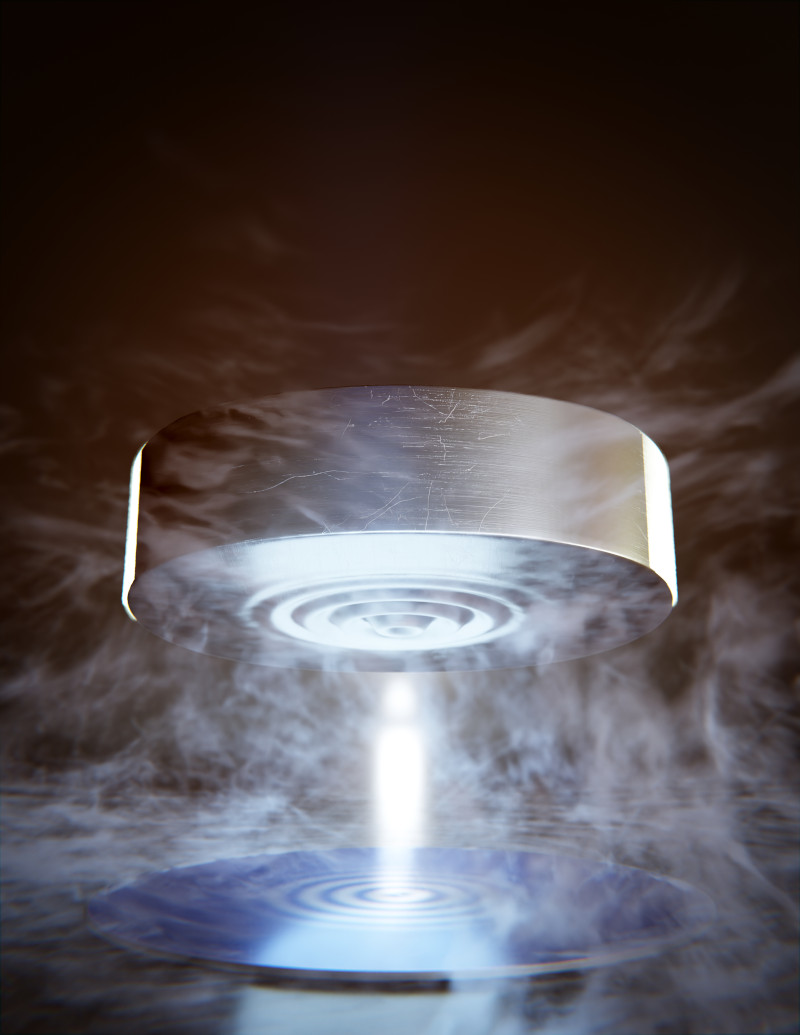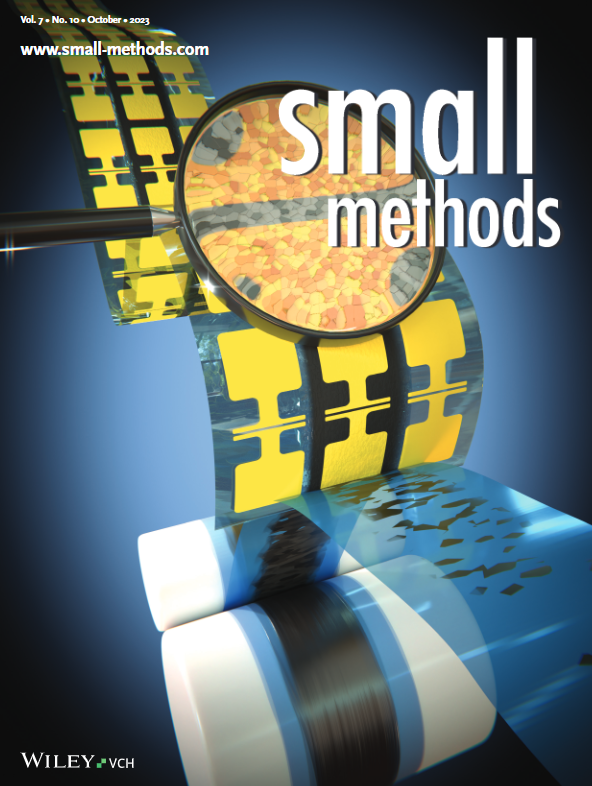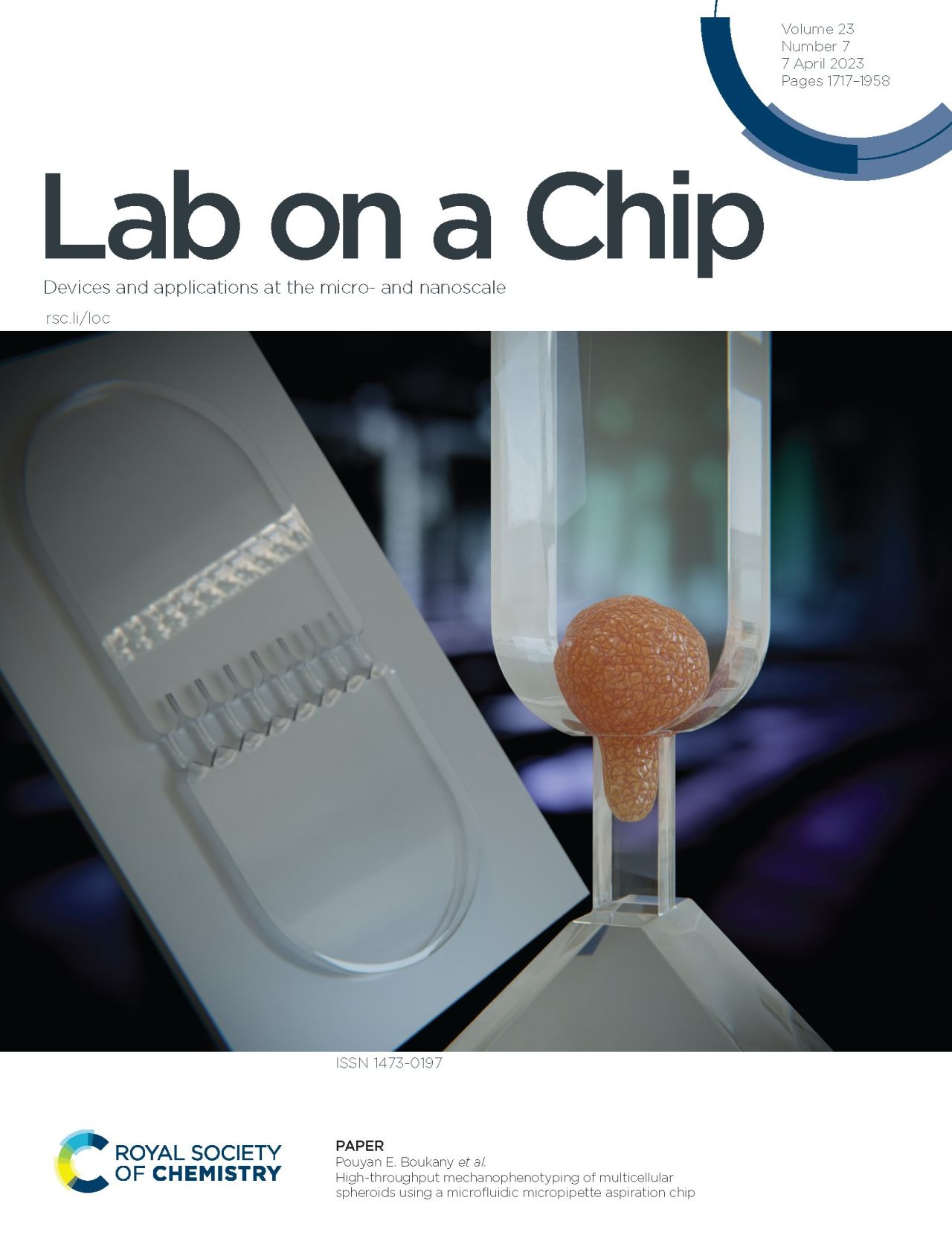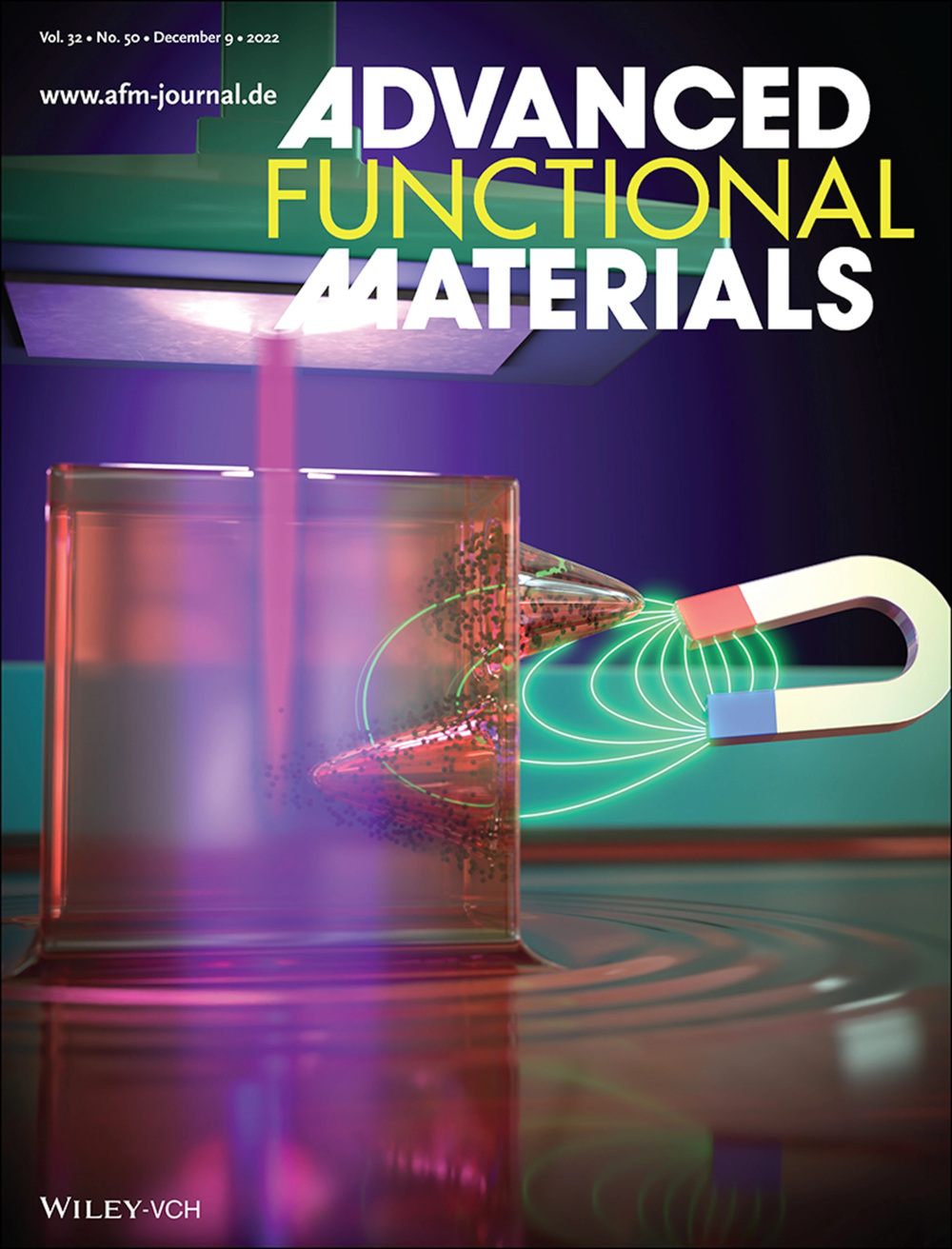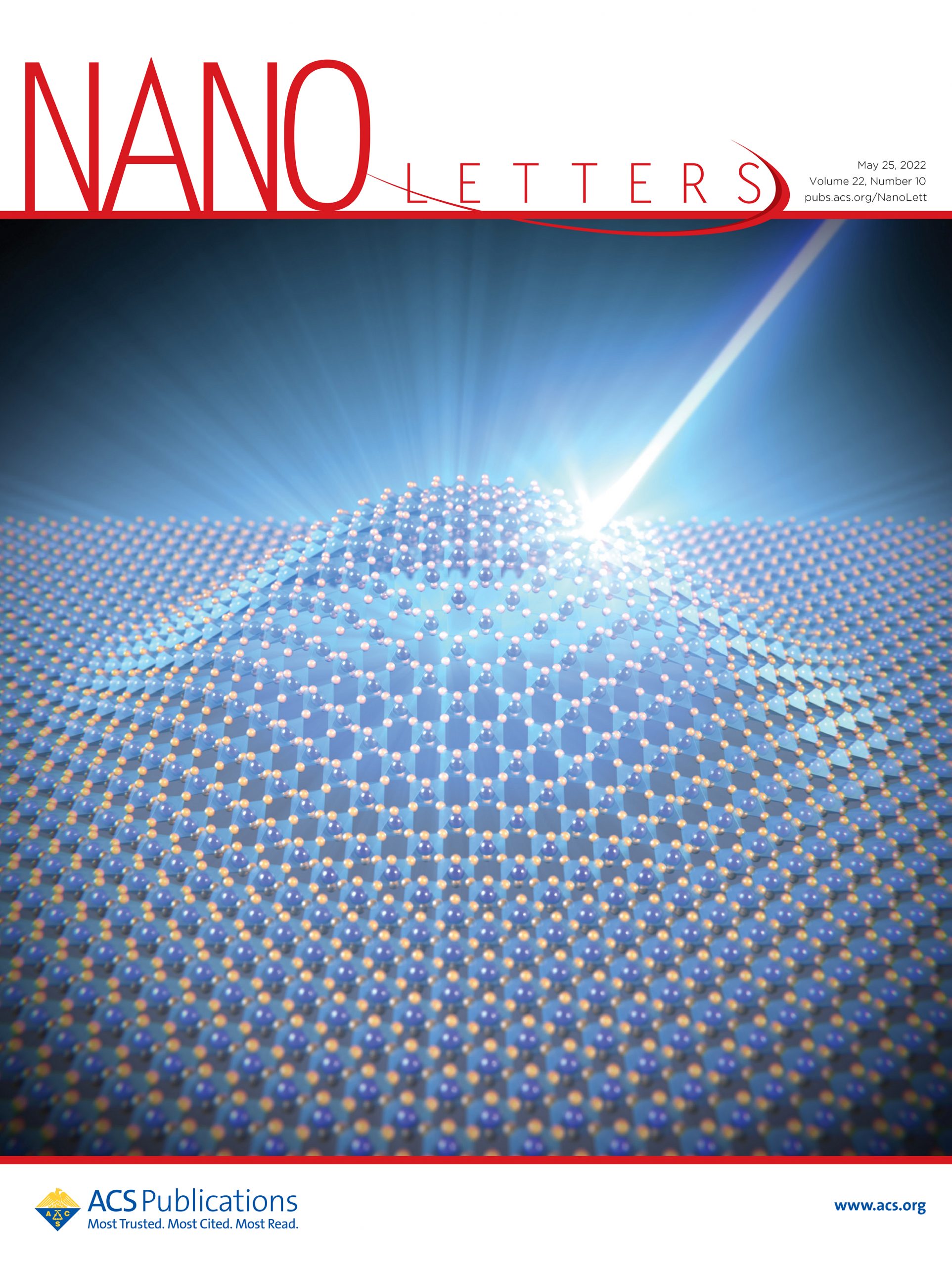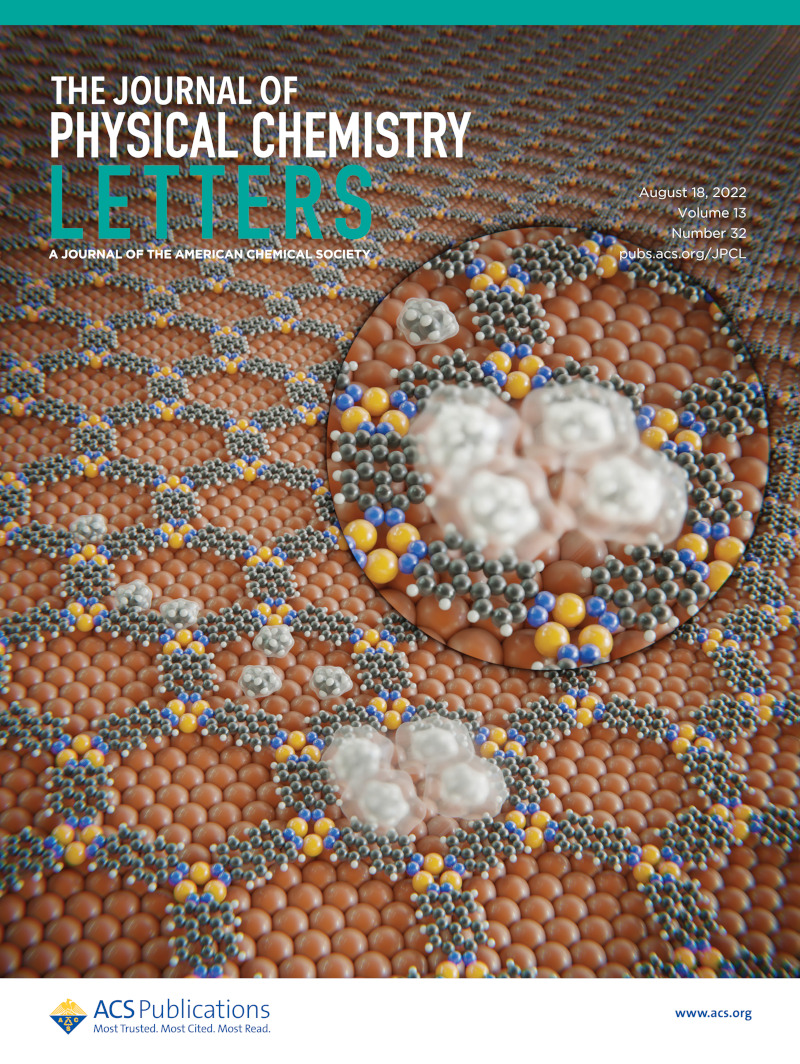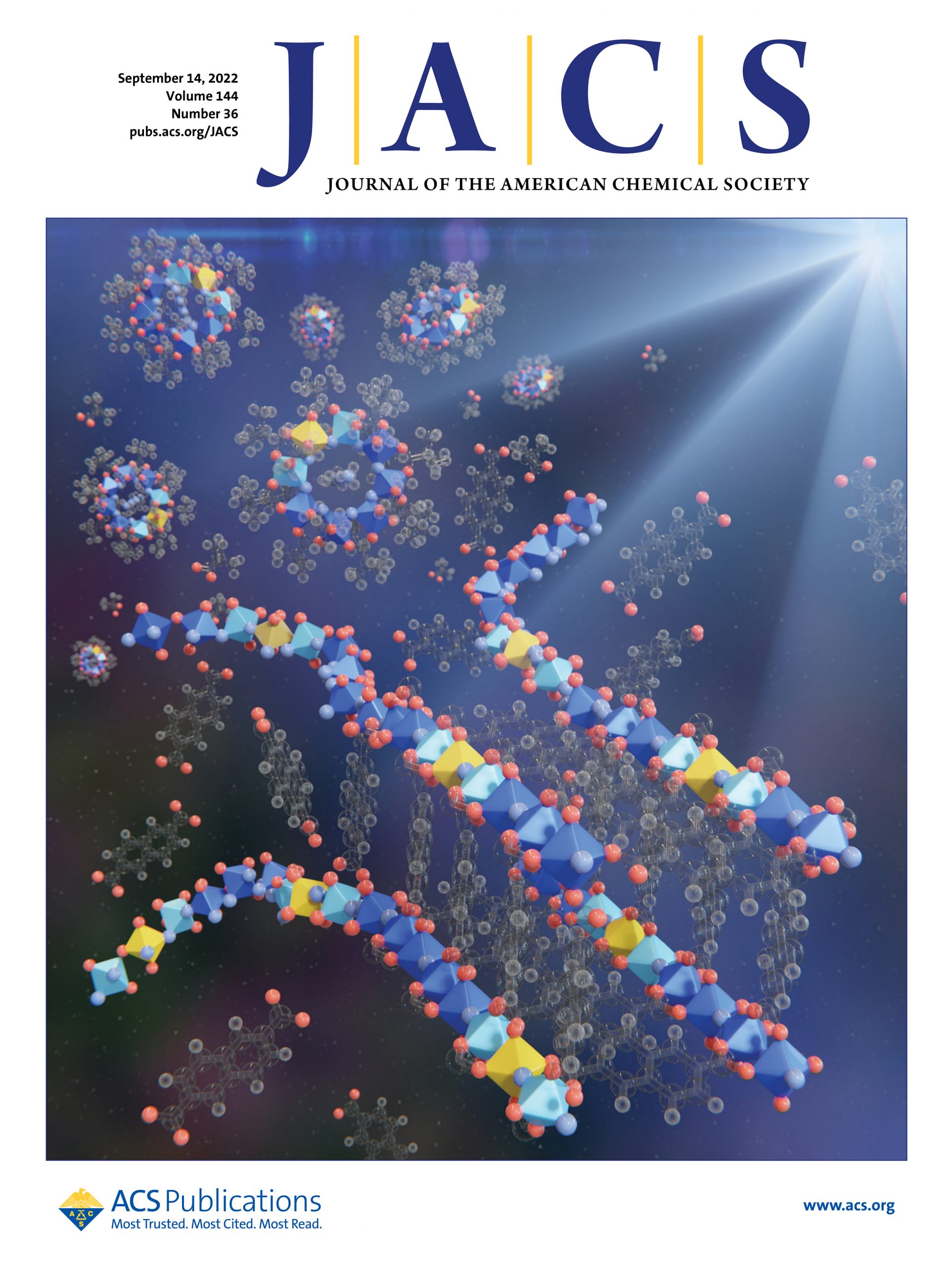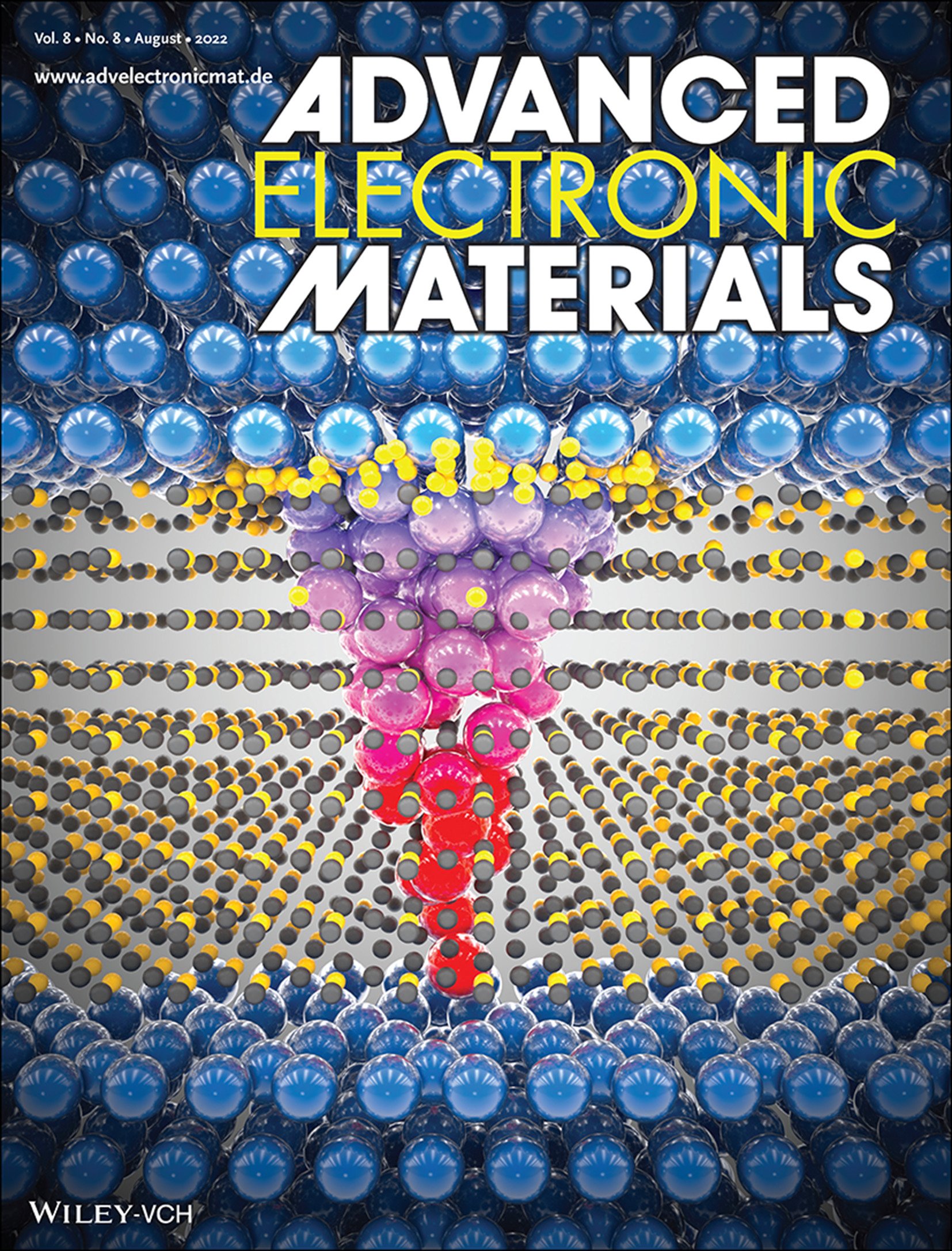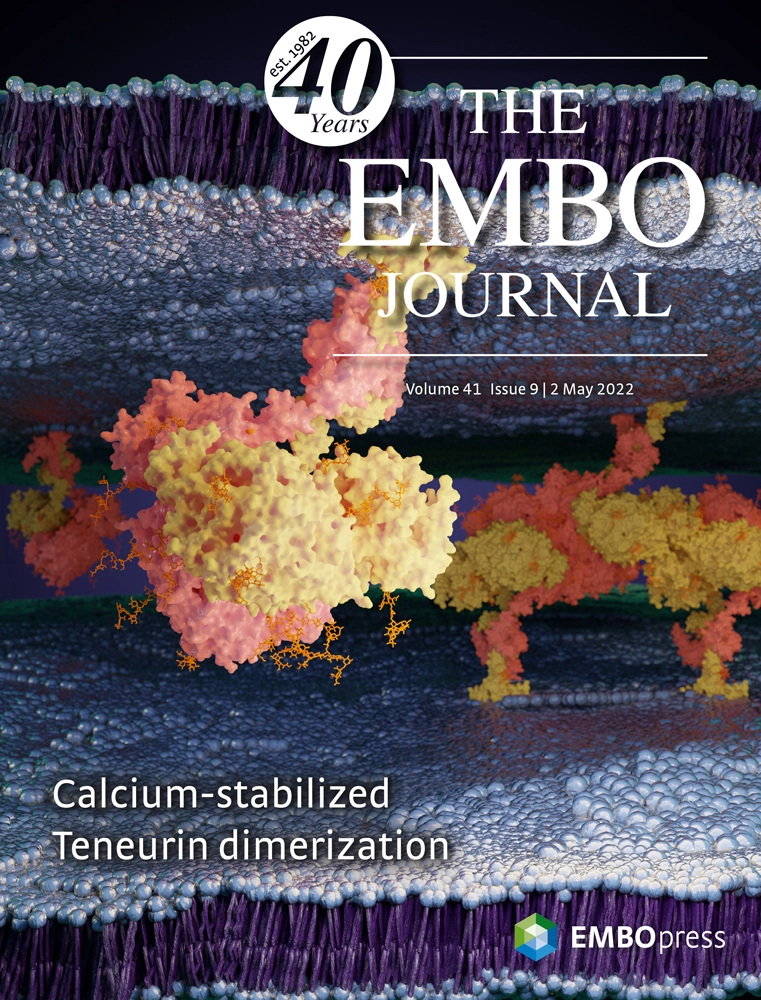The Third Daughter saga is this project of ours in which we try to tell the story of the Earth as if it was a myth: with the poetry of myths and the beauty of science. This project was put on hold due to my commitments with my real job. But now I’m trying to find time to finish it. Hope you like it!
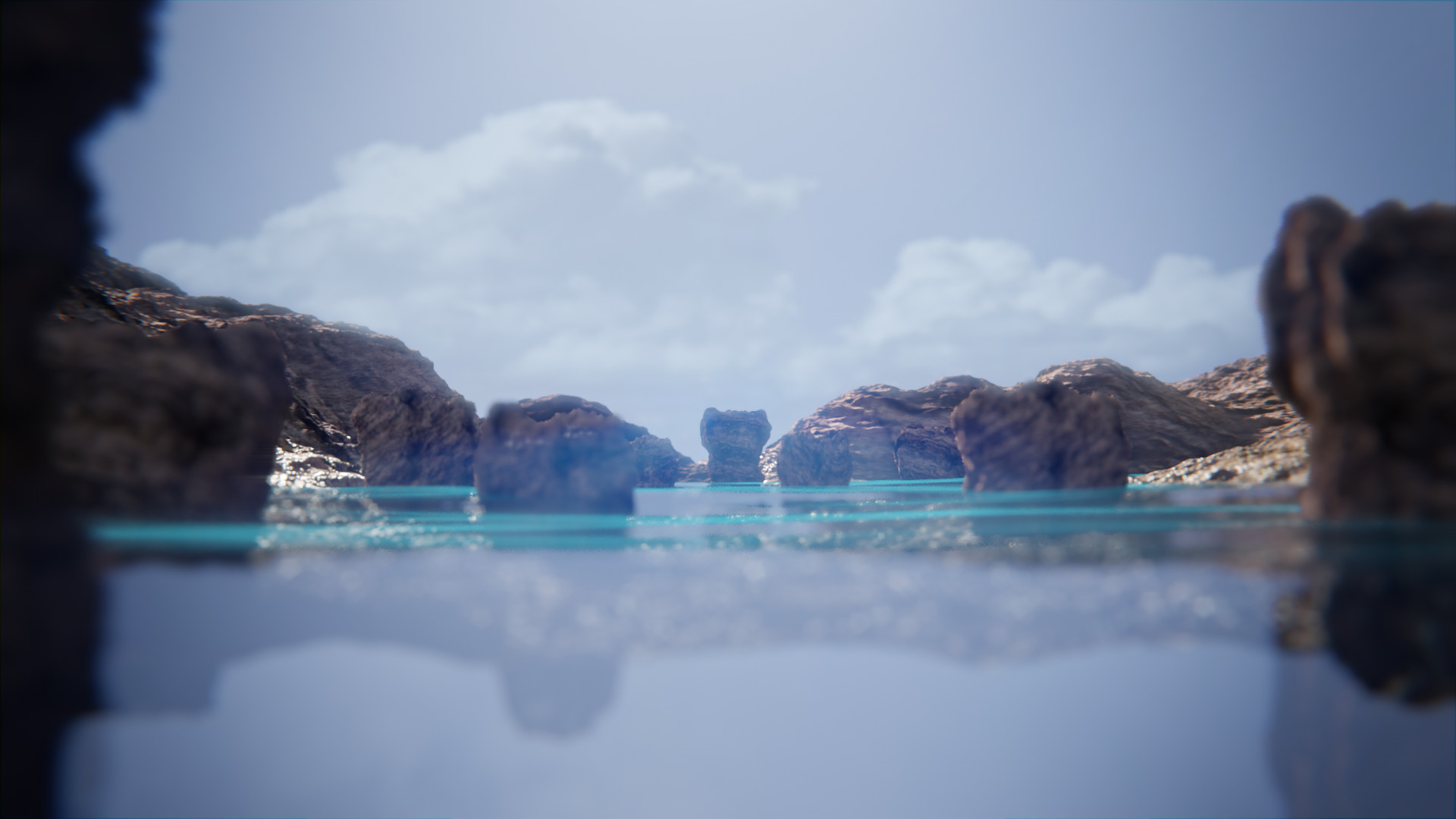
In this chapter we tell the story of the birth of Wâljei.
